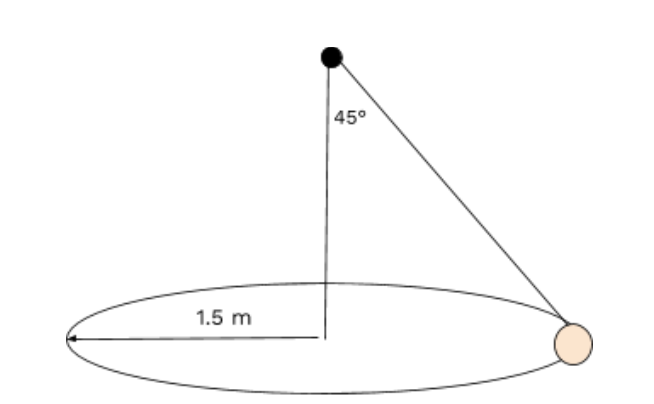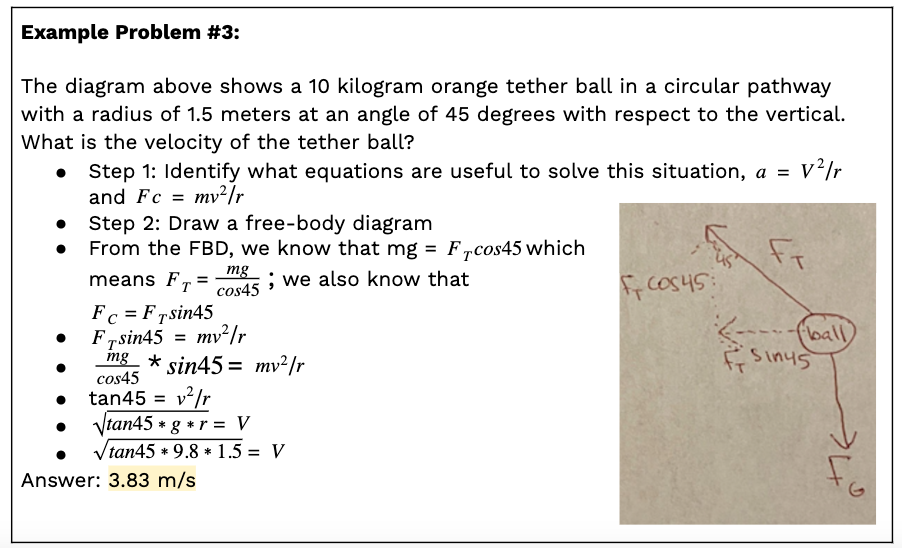3.8 Applications of Circular Motion and Gravitation
Understanding Frames of Reference
A frame of reference is a coordinate system from which an observer measures and describes motion. The perception of motion, including quantities such as position, velocity, and acceleration, depends on the observer’s frame of reference.
Key Concept: Inertial Frame of Reference
An inertial frame of reference moves at a constant velocity, and Newton’s laws of motion hold true within it. Examples include:
- A stationary observer at a train station watching a moving train.
- A car driving at a constant speed on a straight road.
- A spaceship floating in deep space far from gravitational influences.
Non-Inertial Frames
Non-inertial frames of reference, such as an accelerating car or a spinning carousel, involve apparent forces, like the centrifugal force, that make Newton’s laws appear violated.
Rotational Motion and Kinematics
In rotational motion, quantities like position, velocity, and acceleration have rotational counterparts:
- Rotational Position: Angle
- Rotational Velocity: Angular velocity
- Rotational Acceleration: Angular acceleration
Key Equations
Tangential Velocity:
Tangential Acceleration:
Rotational Velocity:
Rotational Acceleration:
Rotational Kinematics
The kinematic equations for linear motion have rotational analogs. For constant angular acceleration:
These equations apply to problems involving circular motion and gravitational forces, such as orbiting planets or spinning objects.

Circular Motion and Gravitation
Key Concepts
The period (T) of circular motion is the time taken for one complete revolution:
Centripetal Acceleration (ac)
Points toward the center of the circular path, as does the centripetal force (Fc).
Applications in Orbiting Bodies
For objects in orbit, the centripetal force is provided by gravity:
This relationship governs planetary motion, satellite orbits, and the behavior of celestial bodies.
Force Vectors and Interactions
Forces as Vectors
Force is a vector quantity, characterized by magnitude and direction. Examples include:
- Weight Force (
): Downward pull by a planet.
- Normal Force (
): Upward push by a surface.
- Tension and Friction: Forces acting in specific directions.
The net force acting on an object is the vector sum of all forces, determining the object’s acceleration through Newton’s Second Law:


Newton’s Third Law of Motion
“For every action, there is an equal and opposite reaction.”
- Forces always come in pairs. For example, when you push on a wall, the wall pushes back with equal magnitude.
Important Note:
The gravitational force and the normal force on an object are NOT Newton’s Third Law pairs because they act on different objects.
Designing an Experiment for Circular Motion
Objective
Investigate the relationship between radius, angular velocity, and centripetal acceleration for an object in circular motion.
Steps
Setup:
- Attach an object (e.g., a ball) to a string and secure it to a pivot point.
- Measure the string’s length (radius).
Data Collection:
- Use a stopwatch to measure the time for one full revolution (period).
- Measure the object’s mass using a scale.
Analysis:
- Calculate the angular velocity (
).
- Compute the centripetal force (
).
- Graph the relationships between angular velocity, radius, and force.
- Calculate the angular velocity (
Conclusion
By analyzing the data, observe how increasing radius or velocity impacts the centripetal force and acceleration.
Key Takeaways
- Frames of Reference: Motion descriptions depend on the observer’s coordinate system.
- Rotational Motion: Understand angular velocity, acceleration, and their relationship to tangential quantities.
- Newton’s Laws: Apply them to analyze forces and motion in circular paths.
- Centripetal Force: Essential for circular motion, provided by forces like gravity, tension, or friction.
- Experimentation: Use practical setups to investigate the principles of circular motion and gravitation.







